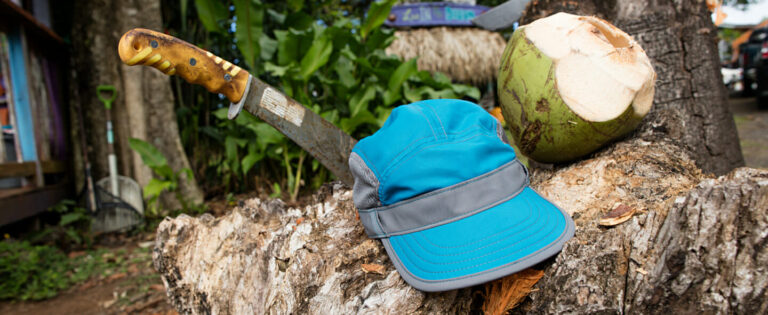Hardshell products are little technological miracles. They’re not only lightweight and waterproof, but also quiet, soft, breathable, windproof, robust and for the most part, nice to look at. But, when it comes to washing, most of us become hesitant. I, too, have been under the assumption that the complexity of a jacket corresponds to how time-consuming the washing cycle is or how many mistakes there are to make whilst washing (uh, yeah…). And just like that, your new £300 jacket is ruined. Great, thanks for nothing!
But, in actuality, washing a hardshell isn’t all that difficult. I’d even go so far as say it’s child’s play, provided you keep a couple of little details in mind.
Here are some care instructions for the three most popular membranes: Polartec, GORE-TEX and Sympatex.
How these membranes work
In order to know how to wash a particular membrane, it is important to know how each one works.
On pressure
An individual pore is just big enough for a water vapour molecule to pass through. Since water molecules (rain) are larger than water vapour (sweat), vapour can get out but water can’t get in. Thus, the jacket is waterproof.
Go with the flow
The Polartec Neo Shell works a bit differently. The openings in this membrane are relatively large. Thus, not only is the permeability to water vapour significantly higher, but the water vapour can also pass through much more easily. This also makes the material much softer and more elastic.
As a result of the membrane’s permeability, lots of fresh air can seep into the jacket. As the person wearing the jacket moves, the air inside the jacket stays in constant motion and is regularly exchanged.
The Neoshell has a hydrostatic head of 10,000 mm, which may be less than other membranes, but it is still sufficient!
On the chemistry
What make Sympatex membranes different is the fact that they don’t have any pores, but instead work on a purely chemical and physical principle: the membrane’s hydrophilic components absorb moisture and transport it to the outside so that it can then evaporate.
The fact that the membrane doesn’t have any pores makes it not only waterproof but also pretty low-maintenance, but more on that in a bit.
Washing instructions
As a rule, you should always read the washing instructions for your product before getting started. Every jacket always seem to have something special about it.
Nevertheless, there are a few things that apply to all jackets:
- Always use cleaning products that are specifically made for outdoor gear, such as Nikwax – Tech Wash. These don’t leave any residue behind that could clog the pores.
- Do not use fabric softener or laundry detergent containing bleach. These can clog the pores or even damage the membrane. Liquid detergents seem to be better than powdered detergents.
Usually, you can wash your garment as follows:
Polartec Neo Shell
Machine wash at 30°C. Be sure to rinse the jacket well so that it is free of any residue.
After a couple of washes, you should reproof the jacket. For only a jacket that efficiently repels water is also breathable.
GORE-TEX membranes
Machine wash on a warm cycle (40°C) twice using a small amount of liquid detergent and rinse well, as the detergent can clog the pores. Then line dry the garment or tumble dry on a warm cycle.
Do not ever use fabric softener or bleach.
Sympatex
Sympatex can be washed at 40°C or 60°C using a gentle cycle. Be sure not to wash too large a load so that the jacket can be rinsed properly. Reduce the spin cycle for easy care.
There are special instructions for the Sympatex HigH2Out® laminates and laminates treated with fluorocarbon-free Bionic Finish Eco®. Please read the manufacturer’s instructions carefully.
Drying
All jackets must be dried properly. Please use common sense and do not drape the garment on a radiator or hang it up too close to a fire.
After washing, the water-repellent treatment will have to be reactivated in the dryer at a low temperature. To do this, tumble dry the garment at a low temperature for half-an-hour. If the DWR treatment can’t be reactivated, you’ll have to reproof it yourself. How to do this and when is explained here.






2 Comments on the Article
A well-written article. The drying notes are well worth pay heed to as I understand that this activates the chenicals in the proofing...I used to lightly iron my shell jkt (North Face 'Kitchatka) by covering it with a cloth so that the material didn't melt. This too activated the chemical process whilst sealing the miniscule 'hairs' which emerge through time and abrasion. Is this still an 'ok' process?